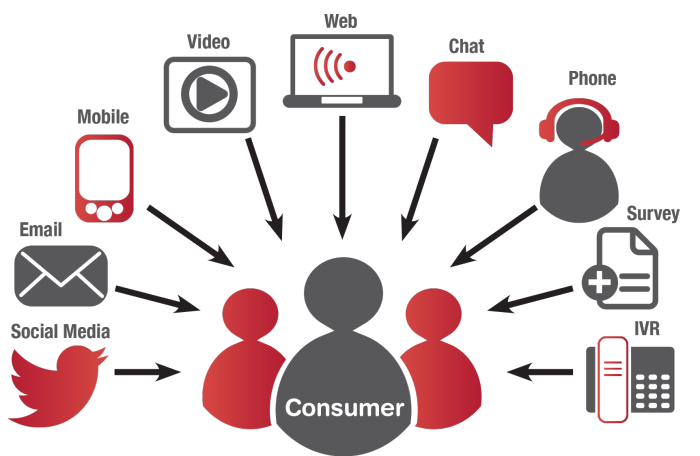
CX is pretty much a buzzword. Granted, it’s one of the more obscure ones (and this is a hypocritical statement) given that all it means is ‘consumer experience’. But this little word holds great value for companies today – especially companies dealing with all things to do with tech solutions. Why? Because most technology has been geared towards enhancing the consumer experience.
Table of Contents
In addition, with the changing landscape of business itself, the meaning of CX has also changed considerably. This post tries summarizing the relationship between technology and CX to understand how one affects the other. In turn, you can take certain measures to improve and modify your CX strategy for immense benefits.
A thing to think about: Consumer Experience, according to an EConsultancy survey ranked above content marketing AND mobile marketing as the single most exciting opportunity for 2016.

Also, according to a Walker study, CX will overtake price and product as the key brand differentiator by 2020. What this means is very simple: Great brands will be differentiated from the mediocre ones on the basis of this keystone called CX – so gear up fast.
The word pretty much speaks for itself, but many don’t quite realise its importance. “Consumer Experience” ultimately defines the consumer’s attitude towards your business, and results in either that elusive thing called consumer loyalty – or well, they abandon you like a sinking ship.

It’s also not something superficial like giving the consumer a one-time blockbuster experience. It involves continuous engagement. While every company makes mistakes when it comes to CX, what is important is your ability to bounce back and keep adding to the storehouse of loyal consumers.
A good CX, in short, improves customer retention, consumer satisfaction, brand image for further proliferation and feedback; and lastly, encourages cross-selling (alternative services by the same company due to reputation) and up-selling (upgrades of existing products or services).Gartner predicts that by 2018, more than 50% of organizations will redirect their investments to customer experience innovations.
While most companies think about CX as something to think about after the tech comes into play, it is quite the other way around.

Consumer Experience can be enhanced with tech – Predictive Analytics and Business Intelligence all aim to do that – but when it comes to designing a service or a product, enhancing CX should be on the top of your mind. You cannot expect the consumer to adapt to your idea of what a good experience is – rather, it needs to be a data-driven, well-researched decision.
CX is changing due to tech – especially on the engagement front. For most tech companies, consumers will be only interacting with the non-human (i.e. technological) components of the product, making UI/UX extremely important.
However, the focus on human interactions needs to increase too, because that becomes a rarity – a diamond in a coal mine.

Another thing to consider here would be the personalization component. Companies are increasingly pushing for the personalized experience, rather than a one-size fits all approach, as it is a better and more exhaustive driver of growth. In addition, tech developments have enabled this kind of service in the first place.

In addition, social media and other platforms have pushed companies to try and be as transparent as possible – information and access to the same can no longer be controlled and curbed. Now, if the consumer is armed with so much information, the provider will have to be too! Thus, consumer expectations when it comes to company personnel and interfaces being transparent and informative have surged.
Lastly, while we’ve been discussing what consumers want – we have to look at the providers too. Any company wishing to dispense a brilliant CX will have several aspects centred on it, and that includes its employees.

What does this mean? Well – CX ultimately refers to enhancing the experience of the consumer, who is human. So are your employees! If you want to benefit the world with something wonderful, then how can the ones who enable your services be disgruntled and completely de-motivated? That is hypocrisy.
Thus, taking care of your employees by rewarding, appreciating and urging their growth is crucial – contributing to the creation of a healthy, inner working environment that can extend outwards. Caring for your employees is directly caring for your consumers.
